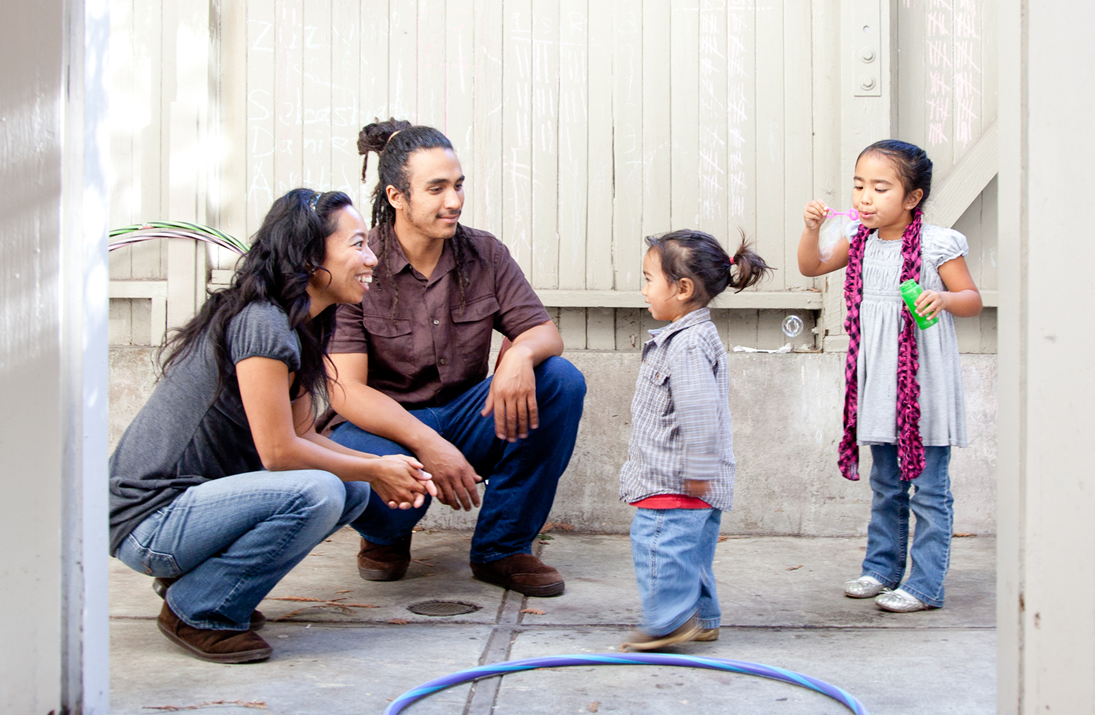
San Francisco is a perfect city for cafés. Parisian-style cafés spilling out onto the street, corner cafés with daylong sunlight, cozy coffeeshops with low couches and dry cappuccinos. We have a handful of legends holding down the fort (Buena Vista Café, Greco, Café Trieste, etc.). Chiller venues like Coffee To The People, Simple Pleasures, and Café International are holdouts from an older, pre-WiFi era. Provided you’re awake early enough (more on that below), you’re within a short distance from a respectable café. So why do they feel so few and far between?
What do I have to do to get a good café around here?
Virtually everyone has an ideal vision of the quintessential café. It’s Central Perk from Friends, Luke’s Diner in Gilmore Girls; the indie meet-cute factory of the late 2000s/early 2010s. To me, the perfect café was one I worked at right after moving into my first apartment two blocks away. It was a busy corner spot in downtown Kansas City, nestled in the ground floor of an old office building-turned-lofts. Pouring house coffee at 7 AM for groggy but friendly Midwestern finance workers completed my urban fantasy. A proper café makes any downtown livable.
I got fired three months later, because pouring coffee was about all I was good at. The bustling Financial District coffeehouse is still my favorite breed, and a dying one at that.
San Francisco makes an incredible setting for coffee lovers. Where the bars draw more rustic customers, the cafés are where students, friends, and travellers get warm once the fog rolls in. A hot mug is immediate relief for your cold fingertips. With seven colleges in a city rich in youth and tourism appeal, it makes me wonder why more cafés haven’t been established.
Then I realized, the answer is in the question. It’s San Francisco, a city too beautiful for anyone to know what to do with. All efforts to get a business off the ground get choked out by landlords and middlemen. Then, even if someone opens a café here, it seems they waste their resources expelling homeless people until they fold. What we’re left with is a smattering of sterile, seatless coffeeshops that close at 2 PM. Something’s got to change.
The café index
I measure a city’s health by the number of diners and cafés they boast. Capital One Cafés don’t count. Portland, Oregon is (or was, at least, before the pandemic) probably the healthiest city in that regard. Portland, estimated population 630,498 (2023), has only 212,573 fewer people than San Francisco, yet is rife with cafés. The one I loved most while living there was in Northwest, a 5-minute walk from my apartment. I studied there regularly as an undergrad. Coffeetime stayed open til ten every night, 11 on weekends. Perfect for a night owl like myself. Coffeetime was the palpitating, caffeinated heart of its district, a love letter to their customers; where is that here?
The bigger picture reveals the suffocating pattern at work, not just in San Francisco but in cities around the country. Why did I move to Portland to begin with? Because I could no longer afford the Bay Area. Because my landlord and my college jacked up rent and tuition in the same week, because I was 22 and totally fucked. Rent was semi-affordable in Portland for individuals as well as businesses, which did not disproportionately offset the cost of living. But the buzz about PDX was a harbinger of the end. The Portlandia Effect inflated rent while wages remained largely the same, similar to here. A gap opened up big enough to swallow coffee shops and housing blocks and it just kept growing.
The coffeehouse is a focal point of community contact
I can’t say what Portland’s future holds, but San Francisco will always be coveted real estate. It is economically hostile to new growth and unforgiving to traditional (i.e. not tech) entrepreneurs. If it isn’t a legacy business that opened in one of SF’s low points e.g. the early 70s, it’s a liability. For there to be more cafés in San Francisco—good ones, none of that grab-and-go, close-early bullshit—landlords need to die.
Or lower the rent. It’s their choice…for now (come through, Luigi!).
I’ve given up hope that any government intervention could actually work in the public’s interest. Otherwise I’d suggest we follow Paris’ lead and lobby for some form of cultural protective status that caps rent for cafés. A motion like that would die on SF City Hall’s cutting room floor. Even if it made it to vote, SF’s conservative landlord contingency would fight it tooth and nail. It appears too few people in power would understand the coffeehouse as a vital piece of the community.
It is generally understood that cafés are publicly shared workspaces. In the many coffeehouses I worked in as a twenty-something, the environment felt like it was always meant to support living, breathing, belching people. Practically everything we did, made, cleaned, stored or served was for customers. Whether they worked on laptops or hung around and read, with friends or alone, it was only normal that one would chill with their cup of coffee until they were ready to leave.
But that might be going away. It’s why you should patronize your favorite café more often. A little business goes a long way. You might run into me at Café International sometime. Which café do you want to keep around?
The post Why Doesn’t SF Have More Cafés? appeared first on Broke-Ass Stuart's Website.









